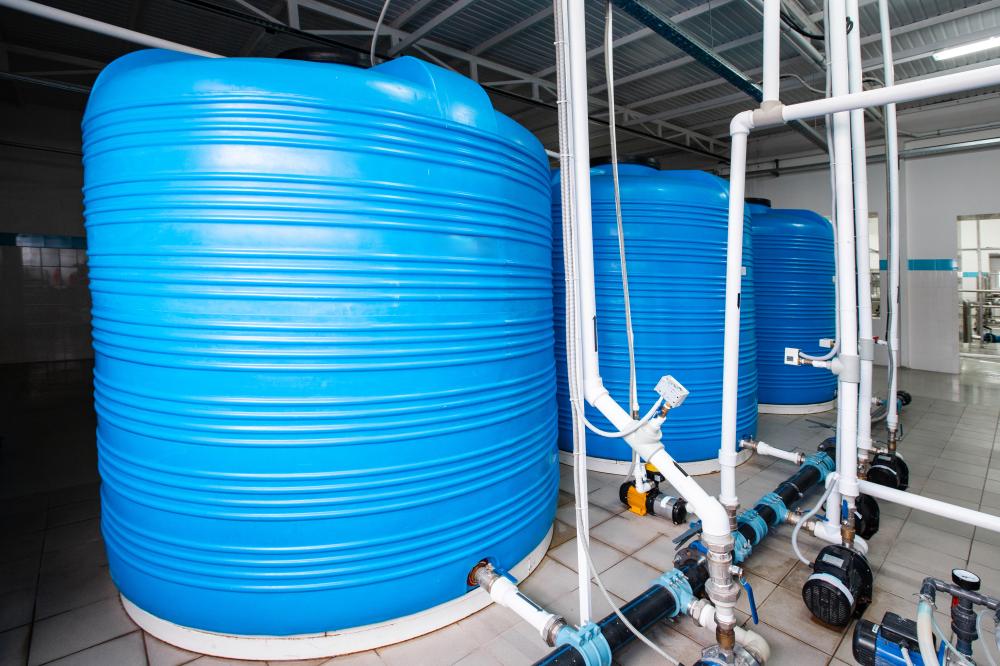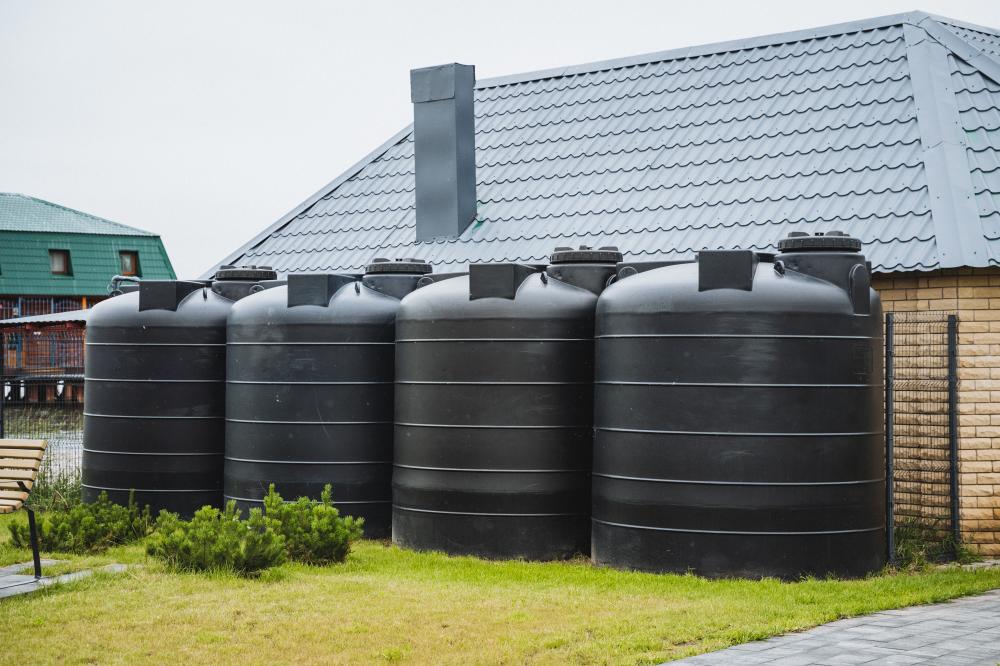Water Treatment Containers

Best Water Treatment Containers
Water treatment containers, often referred to as mobile water treatment systems, are innovative solutions designed to purify water using containerized setups. These systems are custom-engineered to meet the demands of various industries including agricultural, military, and disaster relief. By housing water treatment equipment in shipping containers, they provide portability and flexibility, making it easier to deploy them in remote or temporary locations.
Imagine a robust water purification system that fits inside a standard ISO container, ready to be transported to different sites as needs arise. This innovative concept not only streamlines the purification process but also offers significant cost savings by reducing the need for permanent installations. The ability to quickly deploy these containers makes them ideal for emergency response and situations where water quality unpredictably changes.
As a leader in the industry, GEM excels in creating these solutions using cargotecture–an approach that maximizes space and efficiency. Their containerized systems are customized to ensure they meet the specific requirements of each project.
Benefits of Using Water Treatment Containers
Water treatment containers offer an array of benefits that traditional water treatment facilities cannot match. The portability of these systems is a key advantage, allowing them to be easily transported to locations in need of immediate water purification, such as disaster zones or remote construction sites.
Another significant benefit is the reduced environmental impact. Unlike permanent facilities, these containers can be relocated, minimizing disruption to local ecosystems. They are also an economically viable solution, often resulting in lower operational costs due to their modular nature and the ability to scale operations as needed.
In my years of experience dealing with clients from various industries, I’ve witnessed how these containers revolutionize water purification projects. By providing a flexible and cost-effective solution, they bridge the gap between necessity and practicality.
Construction and Design
The construction and design of water treatment containers are crucial to their functionality and effectiveness. At GEM, we prioritize creating durable and resilient containers that are built to withstand harsh environmental conditions. Since these containers are often used in diverse settings, ranging from hot deserts to cold mountainous regions, they need to be both structurally sound and insulated accordingly.
The design process involves collaborative discussions with clients to ensure each container meets their specific needs. This includes considerations for climate control, filtration systems, and the purity level of the water processed. GEM’s team of factory-trained fabricators bring a wealth of knowledge to each project, ensuring that every detail is meticulously executed.
Our approach to engineering allows for seamless integration of technological advancements into the design. This not only enhances the functionality of the containers but also extends their lifespan, ensuring reliable performance over years of use.
Real-World Applications
Water treatment containers have found applications in a variety of industries, showcasing their versatility and effectiveness. In agriculture, these systems help farmers access clean water for irrigation, boosting crop yields and ensuring sustainability. Military operations often utilize them for quick deployment in areas lacking sufficient water infrastructure.
In times of natural disasters, these containers provide a critical lifeline. They can be rapidly deployed to affected areas, ensuring access to safe drinking water when traditional infrastructure is compromised. My firsthand experiences in coordinating with humanitarian organizations have demonstrated the life-changing impact these solutions can have on communities facing adversity.
From mining operations to municipal water treatment services, the adaptability of these containers allows them to fulfill a broad spectrum of needs. This flexibility has positioned them as a preferred choice for both temporary and long-term water treatment requirements.
Technological Innovations
Innovations in technology continue to enhance the capabilities of water treatment containers. Advanced filtration methods such as ultrafiltration, reverse osmosis, and ion exchange are commonly integrated into these systems to tackle a wide range of contaminants. GEM’s commitment to innovation ensures that our clients receive state-of-the-art solutions that are both effective and efficient.
Our systems are equipped with intelligent monitoring technologies that allow for remote operation and management. This not only improves the efficiency of the systems but also reduces the need for on-site personnel, freeing up valuable resources. In my dealings with clients, the integration of these technologies has often been a decisive factor in choosing our solutions.
Global Impact and Sustainability
The global reach of water treatment containers has led to a significant impact on sustainability efforts worldwide. By providing access to clean water in areas where it’s scarce, these containers play a crucial role in improving public health and supporting economic development. GEM’s efforts to prioritize sustainable practices in their manufacturing process further amplifies these benefits.
It’s inspiring to see how our solutions contribute to the global agenda of reducing water scarcity. In correspondence with stakeholders, the feedback often highlights how these containers have positively transformed local communities, helping them achieve self-sufficiency and resilience against environmental challenges.
Personal Experiences and Client Success Stories
Over the years, I’ve had the privilege of witnessing numerous client success stories that highlight the transformative power of water treatment containers. One memorable project involved a remote village in South America facing severe water shortages. Our team worked closely with local leaders to deploy a containerized system that now provides clean water to hundreds of families.
Another client, an agricultural enterprise in Africa, reported a 40% increase in crop yield after implementing our water treatment containers. The ability to access purified water for irrigation ensured healthier crops and improved profitability. Such stories not only underscore the practical benefits of these solutions but also reinforce our mission to make a tangible difference in communities across the globe.
Future Trends in Water Treatment Containers
As the market for water treatment solutions continues to evolve, several emerging trends are poised to shape the future of these systems. The integration of renewable energy sources, such as solar panels, into container designs is gaining momentum, making them even more sustainable and self-sufficient. This trend aligns with GEM’s commitment to creating eco-friendly solutions.
Additionally, the demand for smart technologies is increasing, with clients expecting greater levels of automation and control. Our team is dedicated to staying ahead of these trends, ensuring we provide cutting-edge solutions tailored to the unique needs of each client. The continuous pursuit of innovation is a testament to GEM’s role as a leader in the industry.
The Importance of Customization
Customization is at the heart of GEM’s water treatment container solutions. Each project presents its own set of challenges and requirements, making tailored solutions essential. Our team excels at translating client needs into practical designs, ensuring the final product aligns with their operational goals and budget.
From selecting the appropriate filtration technology to designing user-friendly interfaces, every element is carefully considered. I’ve seen firsthand how personalized solutions can significantly enhance system efficiency and user satisfaction. This client-focused approach not only ensures successful project outcomes but also fosters lasting partnerships.
Through collaboration and innovation, GEM continues to redefine what’s possible in the realm of containerized water treatment systems. Our expertise and dedication to excellence position us as the trusted partner for clients seeking reliable and impactful solutions.

What is the best container for storing water?
When it comes to storing water, the best choice often depends on the intended use and storage conditions. For long-term storage, food-grade plastic containers are preferred due to their durability and safety. They are designed to prevent leaching of harmful chemicals into the water. Containers like polyethylene tanks or high-density polyethylene jugs are commonly used. However, if you’re looking for an eco-friendlier alternative, stainless steel containers offer an excellent option as they are resistant to rust and can last a lifetime. Before choosing, consider factors like the available space, required volume, and portability. Always ensure containers are cleaned properly before use to avoid contamination.
How long can water be stored in plastic containers?
Water can generally be stored in plastic containers for 6 to 12 months if kept in a cool, dark place. It’s essential to use food-grade containers and to sanitize them before filling with water to prevent bacterial growth. Always check for any signs of container degradation, such as cracks or discoloration, as these can compromise the water quality. For long-term storage, consider rotating your water supply by refreshing the stored water every few months. It’s also wise to keep containers away from harmful chemicals or toxins, as plastic can sometimes absorb these substances.
What are the four types of water treatment?
The primary types of water treatment include coagulation and flocculation, sedimentation, filtration, and disinfection. Coagulation and flocculation involve adding chemicals to water to bind small particles into larger flocs, which then settle during sedimentation. Filtration involves passing water through filters to remove particles, bacteria, and viruses. Disinfection, often the final step, uses chemicals like chlorine or UV light to kill remaining pathogens. Each step serves a crucial role in ensuring water safety and quality, and many systems, including those in containerized setups, integrate these processes to provide clean water efficiently.
What is the newest water treatment method?
One of the newest methods in water treatment is the use of advanced membrane technologies like forward osmosis and membrane distillation. These technologies are gaining attention due to their efficiency and ability to operate under lower energy requirements compared to traditional methods like reverse osmosis. They are particularly effective in treating saline or brackish water and are being integrated into portable water treatment containers. At GEM, we’re excited to explore these innovations, as they offer promising improvements in energy efficiency and water recovery rates, aligning with our commitment to sustainable solutions.
How do you maintain water treatment containers to ensure longevity?
Regular maintenance is crucial to the longevity and efficiency of water treatment containers. At GEM, we recommend consistent inspections to check for signs of wear and tear, such as leaks or rust. Cleaning filters and membranes regularly can prevent clogs and ensure effective operation. It’s also important to monitor the performance of any electronic components, especially in systems using intelligent monitoring technologies. We provide detailed maintenance plans to our clients, tailored to the specific components and environmental conditions of their container systems. A proactive maintenance approach not only extends lifespan but enhances reliability and efficiency.
Why is customization important in water treatment containers?
Customization is vital because it ensures that each water treatment container meets the specific needs of the environment and the project requirements. Different sites may have unique water quality issues, and a one-size-fits-all approach can be inefficient. By tailoring the design–which includes selecting the suitable filtration technology, layout, and materials–we can optimize the system for maximum performance and cost-effectiveness. At GEM, we pride ourselves on customization. We’ve seen how personalized solutions can enhance client satisfaction and project success, fostering lasting partnerships and enabling clients to achieve their operational goals effectively.
How does the integration of renewable energy impact water treatment containers?
Incorporating renewable energy sources, such as solar panels, into water treatment containers significantly enhances sustainability by reducing dependency on traditional power sources. This integration can lower operational costs and carbon footprints, which aligns well with GEM’s eco-friendly mission. Renewable energy can ensure uninterrupted operation in remote or off-grid locations, which is crucial during emergencies or in disaster relief scenarios. Our clients value this feature, as it not only demonstrates commitment to sustainability but also provides flexibility and resilience in diverse settings. As we move forward, we continue to innovate, ensuring our solutions remain at the forefront of technological and environmental advancements.
Resources
- U.S. Environmental Protection Agency – The EPA homepage provides valuable information on water treatment and environmental regulations.
- World Health Organization – The WHO’s website offers insights on global health and water quality standards.
- United Nations Water – UN Water provides resources on global water issues and sustainable development goals.
- NSF International – NSF International is a global organization that develops public health standards and certification programs.
